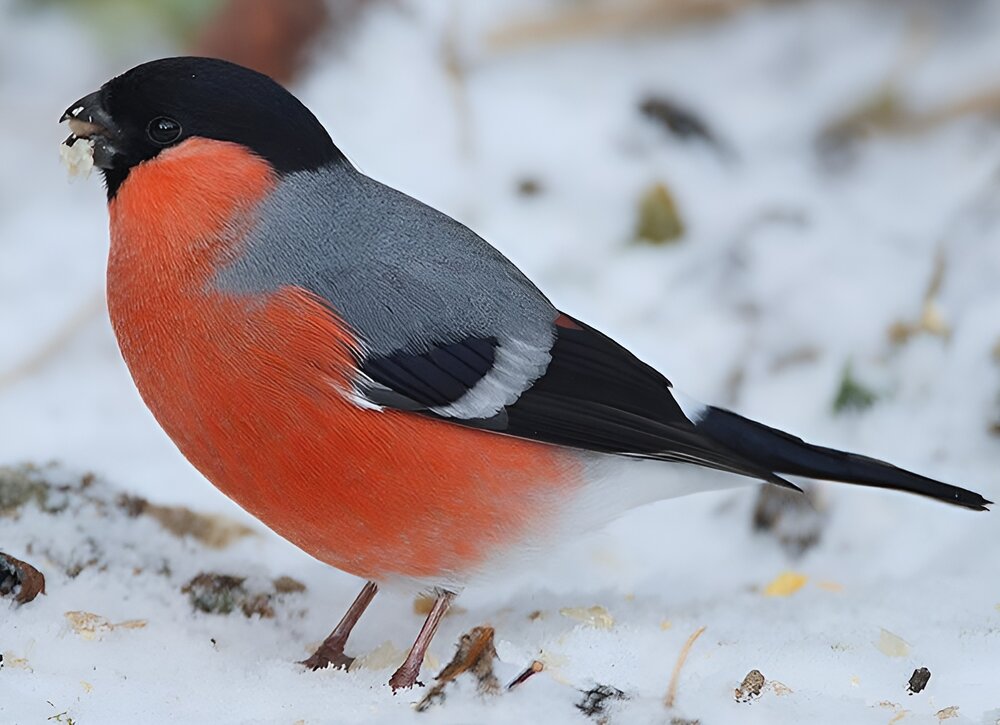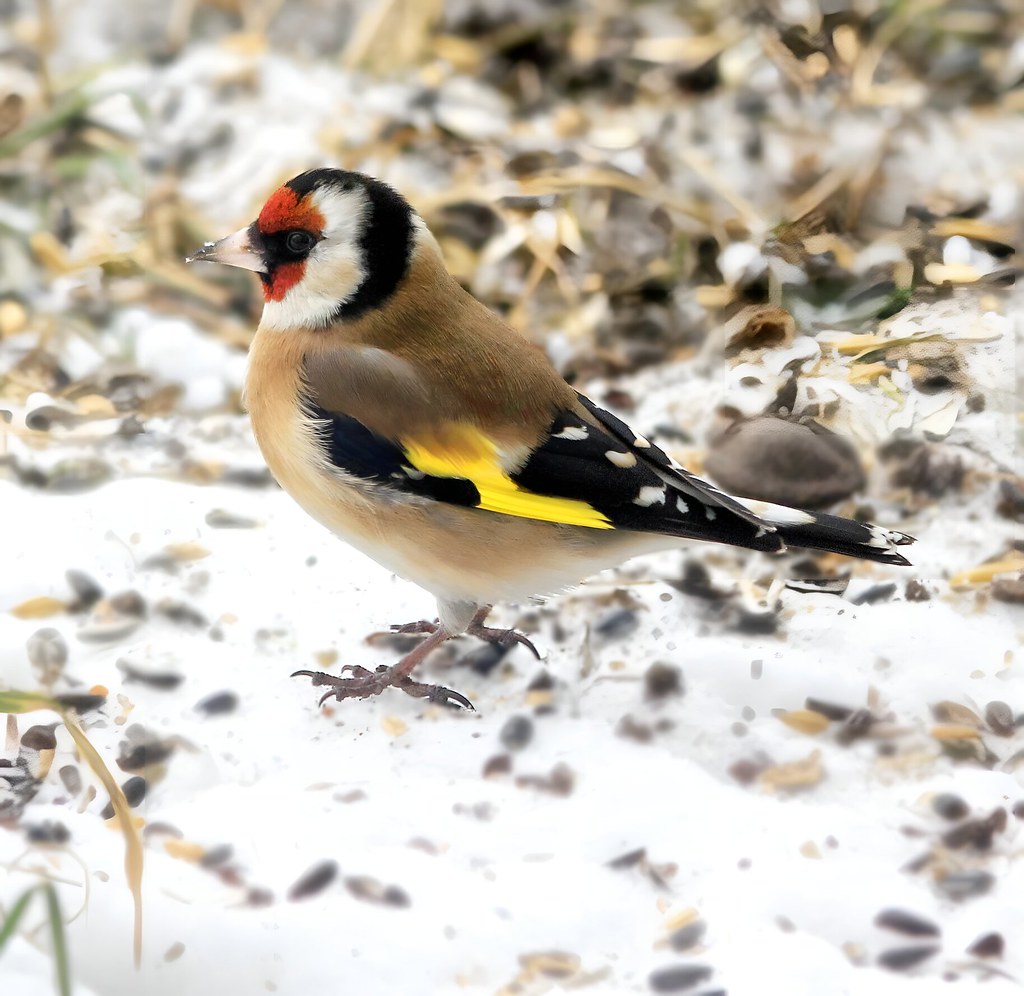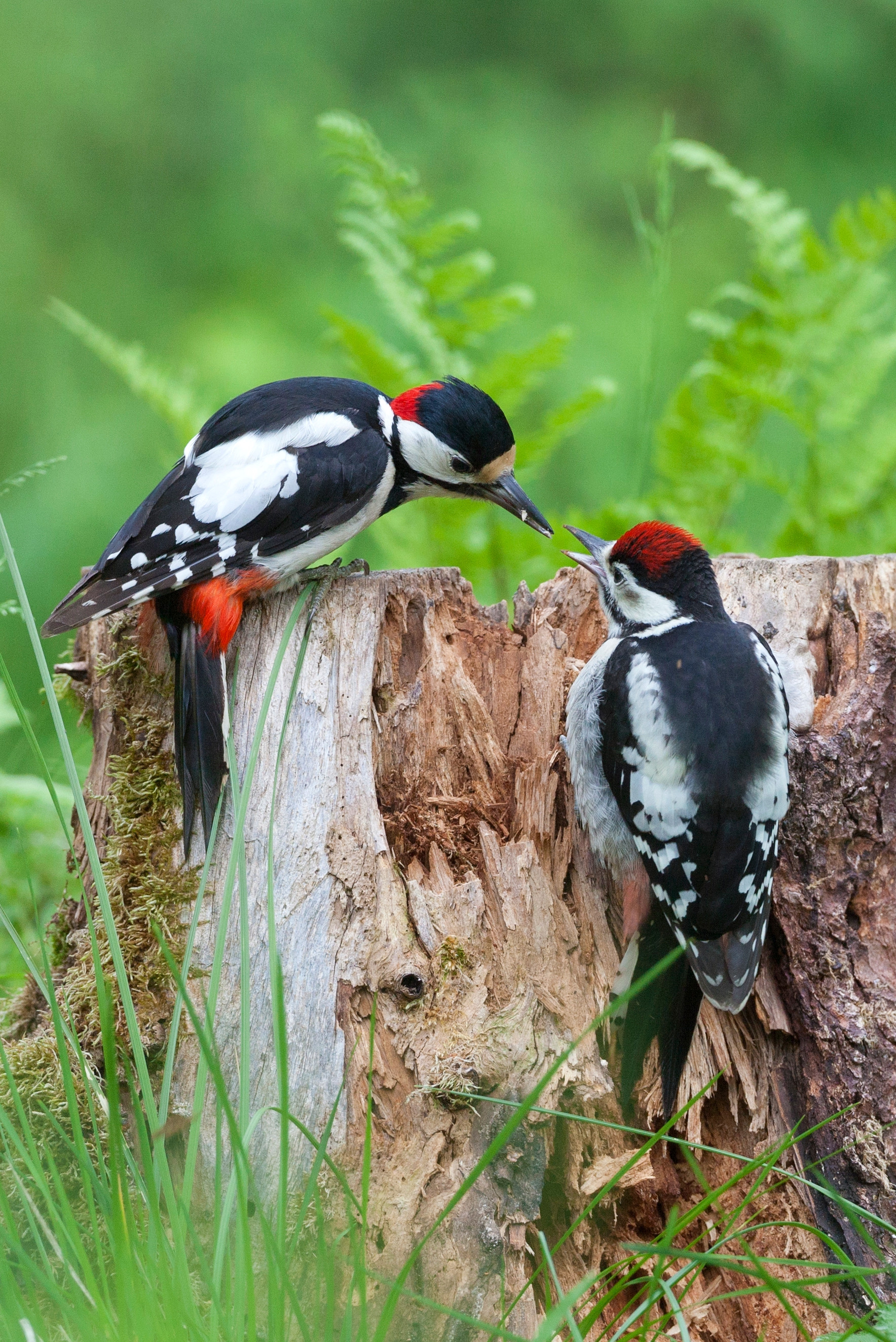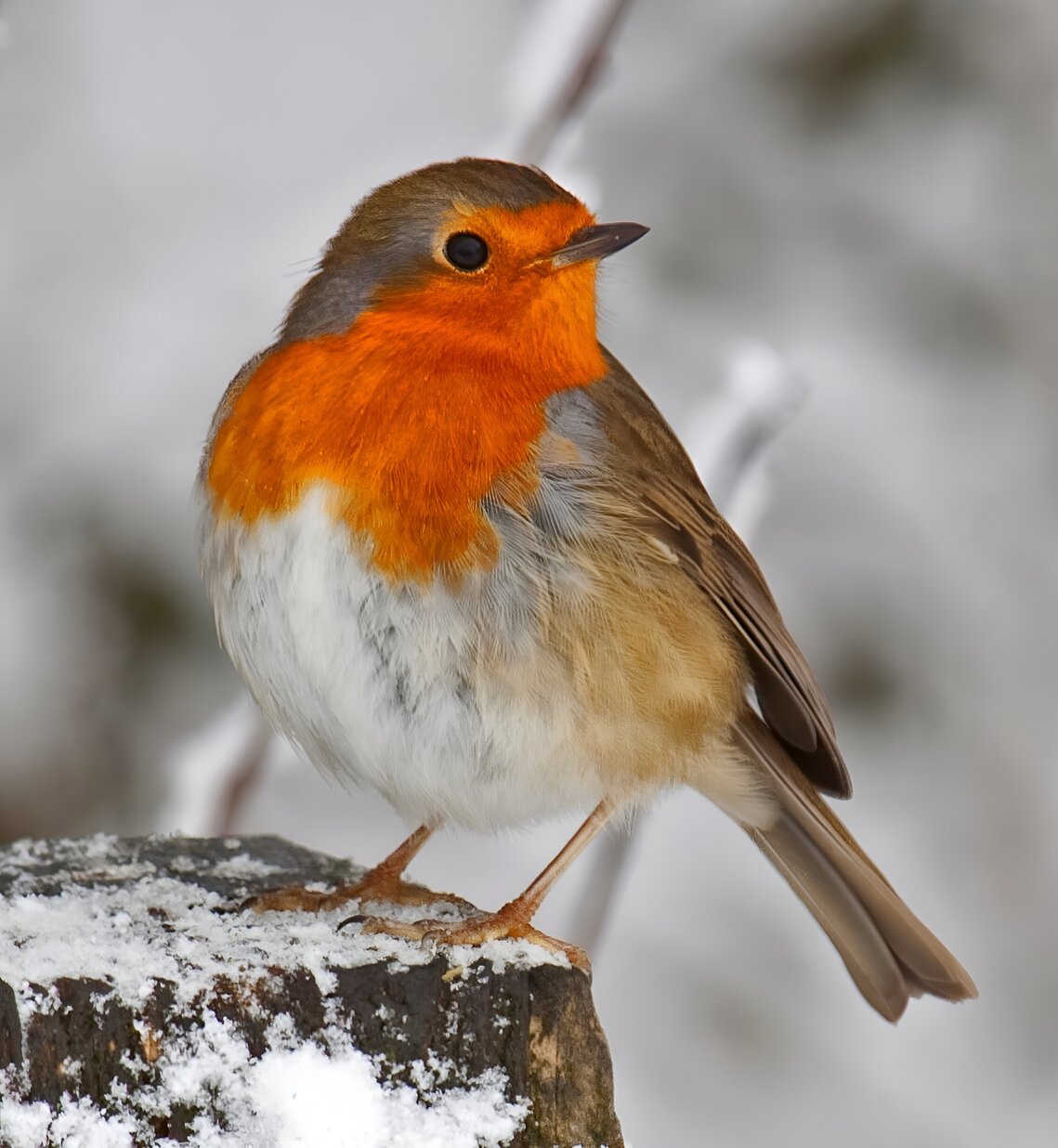Just beyond the rear windows, in gardens across the British nation, something amazing happens every winter.
Little flashes of colour dart and dance from fencepost to footpath, from gazebo to greenhouse, from treetop to trellis.
These are the garden birds that come foraging for food at this time of year.
For many British people, garden birds provide an almost constant source of delight.
Every time we enter the kitchen to put the kettle on and gaze into the garden, there’s usually something going on.
With their distinctive plumage and daredevil acrobatics, garden birds give a theatrical performance as they flit and flirt across the stage.
Many are fairly tame and quite used to living alongside human beings in the gardens, parks, and green spaces of Britain.
In recent years, there’s been a growing interest in garden bird feeding.
Bird tables and bird feeders stocked with nutritious, high-energy food are a magnet for the prettiest feathered friends you ever saw.
Here are 10 garden birds that you can expect to see in a British garden.
Blue Tit
Famed for their skill, as they cling to the outermost branches and hang upside down like gymnasts, blue tits are tiny blue and yellow birds with a dark blue line passing through the eye and puffy white cheeks, giving a very distinctive appearance.
Their nape, wings, and tail are blue while their back is green.
Blue tits are so adapted to life among humans that in the days of doorstep milk deliveries, they would peck through the foil lids of milk bottles and enjoy the cream beneath.


Bullfinch
Bull-headed and bulky, adult male bullfinches wear a black cap and striking rose-red breastplate, while females wear a more demure grey-buff attire.
With their large black bill, white rump and wing bars, they are striking when in flight.
Not as common a sight as the blue tit, so a special treat if you see one.


Goldfinch
Often depicted in Italian renaissance paintings of Madonna and Child, Goldfinches have a red, white, and black face and an eye-catching yellow bar on black wings.
It was thought that since goldfinches eat thistle seeds, and thistles are Christian symbols of Christ’s Passion and crown of thorns, they were sacred birds and a good-luck charm.
During the 19th century, many thousands of goldfinches were sold as cage-birds, the prevention of which was one of the earliest campaigns of the Royal Society for the Protection of Birds.


Great Spotted Woodpecker
From an ancient bird family, great spotted woodpeckers are almost unmistakable with their glossy black and white plumage in a zig-zag arrangement.
Dressed to impress, their large white shoulder patches, white bars on wings and tail feathers, and bright crimson on nape and under tail complete the ensemble.
Alighting on a tree trunk, watch as they work upwards, from side to side, using the stiff tail as an additional support.


Great Tit
Another distinctive small bird with black head and neck, white cheeks, yellow underparts and olive back.
Popular to watch for their acrobatic performances when feeding on nuts and seeds, great tits are also most likely to inhabit nest boxes.
Intelligent birds, great tits have been observed using conifer needles as tools to help extract food from difficult to reach crevices.


Jay
Colorful and noisy, jays are the bullies of the garden playground.
Mostly pinkish brown with lighter underparts, they have a black moustache and black and white flecked crown that can be raised to a crest for display or when alarmed.
Like magpies, jays tend to visit gardens in pairs and learn through observation—such as watching how smaller birds extract peanuts from feeders before trying it themselves.


Long-Tailed Tit
Tiny round bodies, with diminutive bills and very long tails distinguish these adorable pinkish birds with their black markings above the eyes and into the nape and black wings.
Incredibly agile, long-tailed tits can get to food in hard to reach places.
Often seen in flocks, they huddle together at night to keep warm.


Redwing
Related to the song thrush, the smaller redwing has a creamy strip above the eye and distinctive orange-red patches on their sides from which they derive their name.
Roaming Britain’s fields and hedgerows in large flocks, redwings are not as common a sighting as other garden birds, only visiting gardens when it gets really cold and snow covers the fields.
In flight the red patches under the wings are noticeable even at a distance.


Robin
Often viewed as Britain’s national bird and seen gracing many a seasonal greeting card, the robin is a plump little bird with bright orange-red plumage covering breast, face and throat.
In the fifteenth century, when people gave human names to familiar birds, it was known as robin redbreast, eventually shortened to robin.
Unafraid of people, robins are drawn to human activities, making them cheerful companions for gardeners.


Yellowhammer
Thought to have inspired poems by Robert Burns and influenced Beethoven’s 5th symphony, this conspicuous yellow sparrow-sized bird has a melodious song popularized by Enid Blyton as sounding like “little bit of bread and no cheese”.
Male yellowhammers have a bright yellow head and underparts, heavily streaked brown back, and whitish outer tail feathers.
A rarer sighting than other garden birds, corn and seed are most likely to attract them into the garden in winter when natural food is scarce.


